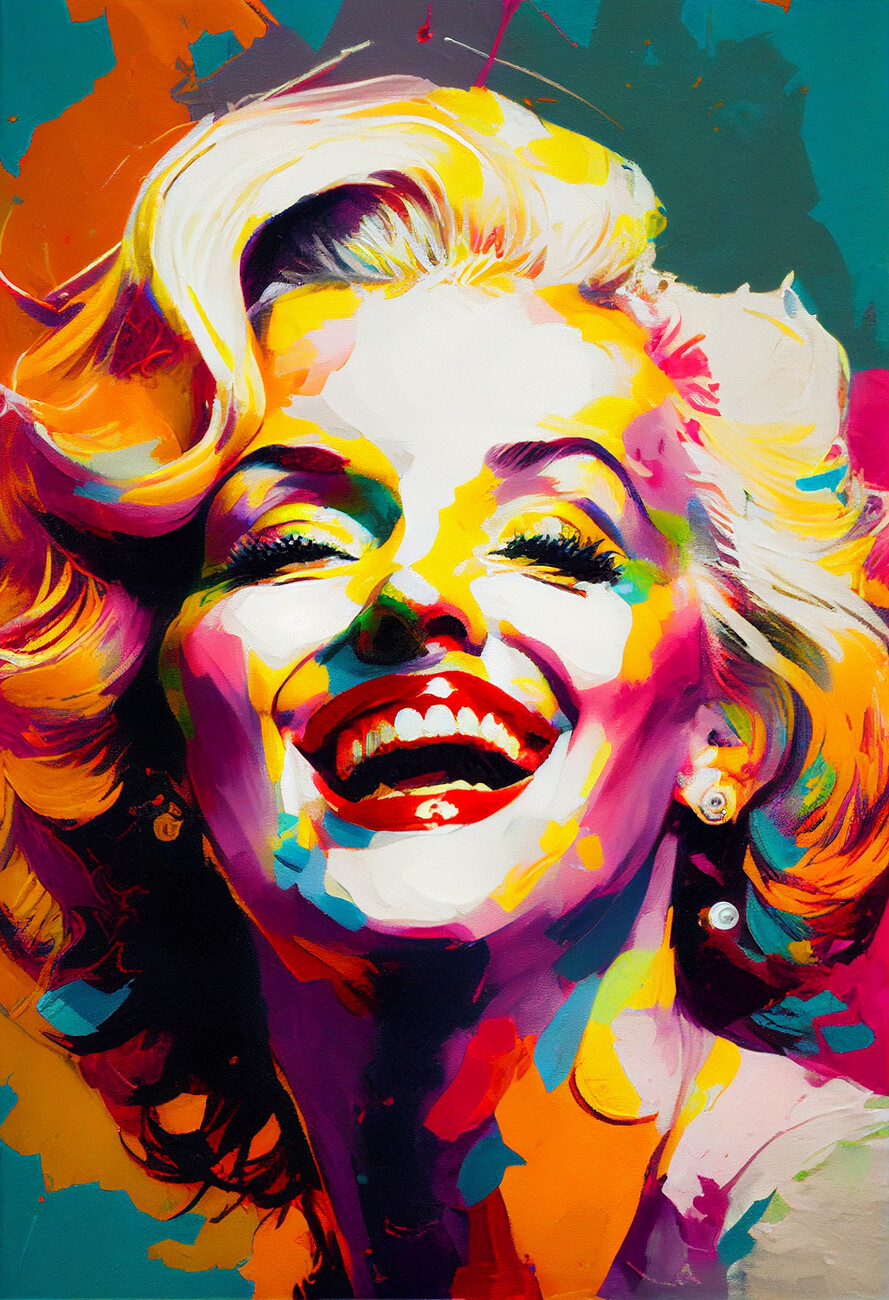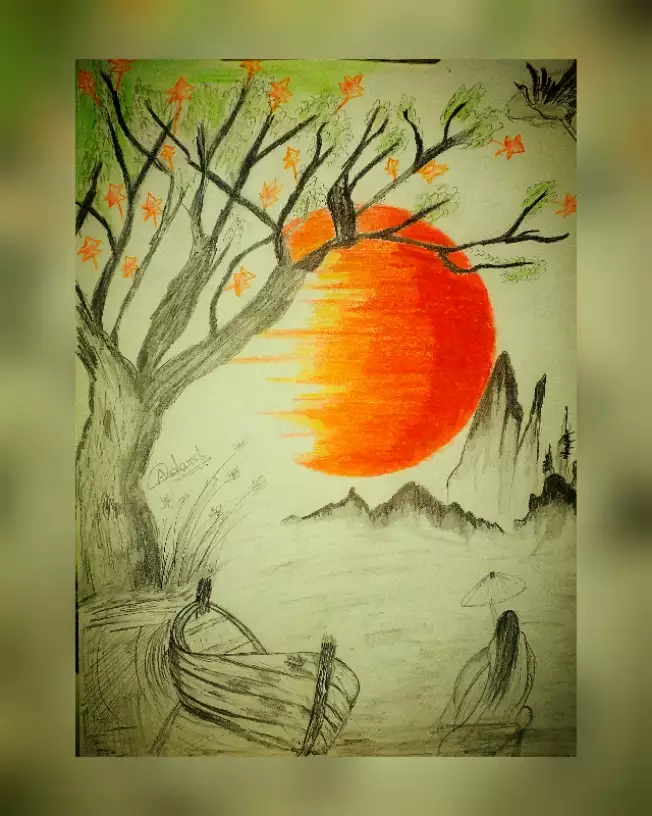A Deep Study the Most Famous Trump Artworks of Recent Years
A Deep Study the Most Famous Trump Artworks of Recent Years
Blog Article
Beginning on a Visual Journey Through the Lyrical Interpretations of Nature in Stylist Landscapes
Each brushstroke, each play of light and darkness, and each color choice in their jobs speaks volumes concerning the musicians' deep connection to nature and their capacity to equate its beauty onto the canvas. As we discover the lyrical interpretations of nature in Impressionist landscapes, we are welcomed to immerse ourselves in a globe where truth and emotion link, providing a glance right into the artists' extensive appreciation for the natural world.
The Exciting Brushstrokes of Claude Monet
Claude Monet's proficiency of brushstrokes transcends mere technique, imbuing his landscapes with a heavenly quality that mesmerizes and astounds customers - trump art. His cutting-edge use color and light, combined with his distinct brushwork, produces a feeling of motion and life within his paintings. Monet's prominent collection of works depicting water lilies and his famous haystacks display his ability to catch the fleeting impacts of light and atmosphere

Embracing Light and Shadow With Camille Pissarro
Embodying a comparable respect for the interaction of light and shadow, Camille Pissarro's creative vision unfolds as a harmonious exploration of the environment's luminescent nuances. Pissarro, a key figure in the Impressionist motion, masterfully caught the vibrant relationship between light and shadow in his landscapes. His experienced usage of color and brushwork permitted him to convey the refined changes in light that specify various times of day and periods.
Pissarro's paints typically include spotted sunlight filtering via leaves, casting intricate patterns of light and darkness on the planet listed below. In jobs such as "Hoar Frost, the Result of Snow, Pontoise," Pissarro skillfully illustrates the crisp illumination of winter sunlight compared with the trendy darkness that specify the snowy landscape. By embracing both light and shadow in his compositions, Pissarro welcomes audiences to immerse themselves in the natural charm and transient effects of light in the globe around them.

With Pissarro's works, we are advised of the transformative power of light and shadow, inviting us to stop and value the fleeting moments of beauty present in the daily landscapes that surround us.
A Harmony of Color Styles by Edgar Degas
Edgar Degas manages a dynamic symphony of colors in his skillful art work, instilling his structures with a dynamic interaction of tones that mesmerize the customer's look. Known largely for his ballet dancers and intimate scenes of Parisian life, Degas skillfully controlled colors to communicate mood and motion in his paintings. trump art. His use bold, contrasting shades and refined tonal variations produced a feeling of depth and vibrancy within his works
Degas' color scheme commonly included rich blues, deep environment-friendlies, and warm oranges, which he used with positive brushstrokes to catch the essence of check out this site his subjects. Whether depicting a ballerina mid-performance or a group of good friends talking at a coffee shop, Degas' shades not only showed the scene yet likewise stimulated a feeling of emotion and power.
Furthermore, Degas' experimentation with light and shadow added an added layer of complexity to his color structures, improving the total atmosphere of his paintings (trump art). Via his skillful adjustment of shade, Degas created a visual harmony that remains to reverberate with viewers today
Exploring Nature's Peacefulness With Berthe Morisot
Berthe Morisot's artistic vision supplies a tranquil separation from the dynamic shade symphonies of Edgar Degas, as she catches the serenity of nature in her expressive landscapes. Recognized for her fragile brushwork and intimate representations of everyday life, Morisot's landscapes radiate a sense of tranquility and consistency.
Morisot's paints often include soft, soft tones that communicate a feeling of peace and serenity. Her works, such as "The Cradle" and "Summer season's Day," showcase her capacity to catch the refined beauty of nature in such a way that is both relaxing and reflective to the viewer.
Unlike some of her Stylist equivalents that concentrated on bold shades and vibrant structures, Morisot chose my link to create gentle, introspective scenes that welcome the viewer to show and pause. Through her masterful use of light and shadow, Morisot creates a feeling of peace that resonates with the customer on a deep emotional degree.
The Psychological Landscapes of Vincent Van Gogh
Vincent Van Gogh's landscapes strongly convey a depth of emotion with their dynamic brushwork and expressive use shade. The Dutch post-impressionist musician is renowned for his capacity to capture intense and raw emotions in his paintings, transcending standard representations of nature. Van Gogh's turbulent personal life, marked by mental wellness battles, significantly affected his art, infusing his landscapes with a feeling of unease, moody, or vitality.
In jobs such as "Starry Night" and "Wheatfield with Crows," Van Gogh's swirling brushstrokes and lively color choices stimulate an extensive emotional feedback from audiences. The unstable skies and upset landscapes in his paints mirror his internal chaos and psychological turbulence, inviting viewers to dive into the intricacies of his mind.
Van Gogh's one-of-a-kind visual language, identified by overstated point of views and vibrant use shade, creates landscapes that resonate with visitors on a deeply emotional degree. Via his art, Van Gogh welcomes us to see nature not equally as an exterior reality but as a mirror of our innermost feelings you could try this out and emotions.
Conclusion
In conclusion, the impressionist landscapes of musicians such as Claude Monet, Camille Pissarro, Edgar Degas, Berthe Morisot, and Vincent Van Gogh supply a fascinating and one-of-a-kind visual interpretation of nature. Via their use brushstrokes, emotion, light, and shade, these artists have actually developed a symphony of pictures that stimulate a feeling of serenity and appeal in the natural globe. Their works remain to influence and enchant customers with their lyrical interpretations of the landscapes around us.
Each brushstroke, each play of light and shadow, and each shade choice in their works talks volumes regarding the musicians' deep connection to nature and their capability to convert its charm onto the canvas. His ingenious usage of color and light, integrated with his distinctive brushwork, produces a feeling of movement and life within his paintings. His experienced use of shade and brushwork enabled him to share the refined shifts in light that define various times of day and periods.

Report this page